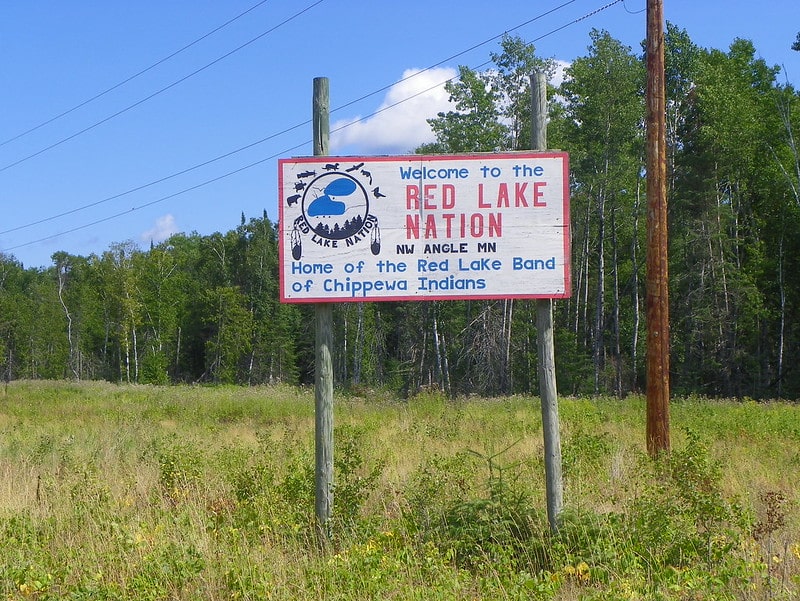The New Markets Tax Credit (NMTC) program was created in 2000, with a goal of creating “jobs and material improvement in the lives of residents of low-income communities.”
It has clearly been associated with investment in low-income communities, but it isn’t clear what impact, if any, that investment has had on the residents of those low-income communities. Staffers from the Congressional Budget Office, as recently as 2011, testified: “the NMTC program does not guaranty that real benefits, specifically employment, accrue to low-income residents whom the program is ostensibly designed to assist.”
There are four types of investments that can qualify for New Markets Tax Credits. Three of them are not related to the residents of low-income communities at all. These can and often do support projects that do little for those residents.
But the fourth type—financial counseling and other services—can be delivered directly to residents or the small businesses that tend to actually hire them. This kind of New Markets investment has significant potential to directly improve low-income communities at the lives of their residents . . . but it has received hardly any funding or attention, seriously undermining the NMTC program’s ability to achieve its mission.
How NMTC Works Now
The NMTC program is complex. It is impossible to detail it fully here, but there are scores of explanations available online. In very rough terms, the NMTC program rewards investment in qualified businesses in qualified areas for qualified projects with tax credits.
A qualified area is a geographic area that meets specified criteria related to poverty or median family income.
A qualified business, known as a Qualified Low-Income Community Business (QLICB), is located in a qualified area and must earn most of its income there, must have a substantial amount of its property located there, and a substantial portion of its employees’ work must be performed there.
A qualified investment, known as Qualified Low-Income Community Investments (QLICIs), is any of the following:
1) capital or equity investment or loan to a qualified business;
2) purchasing a loan that is already a qualified investment;
3) financial counseling or other services (FCOS) to businesses located in, and residents of, a qualified area; or
4) an equity investment or loan directly to a “community development entity”. (Community development entities are the entities that are given allocations of tax credits, which they use to raise qualifying investments for qualified businesses.)
Most of the qualified investment requirements (1, 2, and 4) are not related in a material way to the creation of jobs or improving the lives of the lower income residents of the community in which the NMTC investment is made. It would count to make loan to finance the construction of a very high tech physics research lab in one of the lowest income areas of Philadelphia (or expand or rehabilitate its facilities or buy the loan from another entity if they already made it) even if it didn’t hire anyone from the surrounding low-income neighborhood.
Potential for New Markets and Financial Services
Luckily, there is more potential in investment type 3, financial counseling and other services (FCOS), which is different from the other qualified investments in several key ways. First, it allows services directly to the residents of the low-income community.
Second, FCOS is implicitly designed for small businesses and nonprofits. Covered services can include business advice provided by the community development entity relating to the organization or operation of a trade or business, including non-profit organizations, such as business plan development, assistance with business financials, assistance in securing financing, and assistance with general business operations.
FCOS include services that all entrepreneurs need—small, start-up businesses in low-income communities maybe more than most. Larger and more sophisticated businesses are less likely to want FCOS from community development entities. And, the investments in small local businesses are very likely to pay dividends. “In the United States, small businesses represent ninety-nine percent of all inner-city businesses, generate sixty to eighty percent of net new jobs annually, and account for almost fifty percent of private pay-roll.” (Susan R. Jones, Supporting Urban Entrepreneurs: Law, Policy & the Role of Lawyers in Small Business Development)
Finally, FCOS can be provided to nonprofit organizations. Nonprofits are often at the front lines of providing an array of programs and services that are designed to directly benefit low-income residents and communities. And, for nonprofits, the “bottom line” is furthering their nonprofit purpose rather than turning a profit for their shareholders, which means more of the investment will go to the people whom the NMTC was designed to benefit.
To be fair, FCOS does not obviously lend itself to the kind of transaction type that generates additional fees for everyone involved. In a leveraged lender transaction a lender benefits from repayment of a loan, an investor benefits from getting tax credits on an investment larger than they actually made, and the community development entity benefits from fees for monitoring the project during the compliance period.
In the most straightforward FCOS situation the entity either uses NMTC-generated funds to provide FCOS or it contracts out with a provider who can provide FCOS. Here there is no loan, no extra tax credit value, and no fees.
It is likely that this failure to attract investors or to attract the interest of the community development entity is the primary reason that FCOS has been underutilized. But, we believe that there is every reason that an entity should either use the NMTC-generated funds it receives to pay for FCOS as an acceptable QALICI or use part of the fees it earns from another NMTC transaction to pay for FCOS.
Making It Work Better
So how could we get more NMTC investment in FCOS, to really benefit low-income communities? The CDFI Fund, which administers the NMTC program, should play a role by offering a scoring advantage to those community development entities that make investments in FCOS. The NMTC application process is highly competitive and so any advantage is likely to create a change in behavior.
In addition, as Congress considers extending the NMTC program, it should work with stakeholders to identify ways to make the provision of FCOS a more attractive option for investors and community development entities.
Together, these changes could significantly increase the investment in FCOS and move the NMTC program closer to achieving its real goal of creating jobs for and material improvement in the lives of residents of low-income communities.





You are correct that financial counseling is small part of NMTC. However, where it has been deployed is quite successful. For example, the Rockland Trust Community Development Corporation provided $50,000 to the South Eastern Economic Development Corporation to provide financial counseling to small businesses in Massachusetts and Rhode Island:
https://seedcorp.com/2013/08/seed-receives-50000-from-rockland-trust/#sthash.fGN03No1.dpuf
However, we strongly dispute your contention that most of NMTC investments do not provide benefits to low income community residents or create jobs. Since its inception, NMTC has leveraged over $60 billion in investment in low income urban neighborhoods and rural towns. Seventy-five percent of NMTC activity is in the poorest communities in America – with poverty rates exceeding 30%, median incomes no higher than 60% of area median or unemployment rates at least 1.5 times the national average. These investments have created over 550,000 jobs.
So, not only does NMTC provide financing for credit-starved for businesses — including industrial and commercial facilities— located in low income communities, the Credit has increasingly been a principal source of capital for a range of community facilities and businesses – including healthcare, child care, charter schools as well as grocery stores and supermarkets – which benefit community residents and their improve the quality of life.
In this highly competitive program, a community development entity’s ability to demonstrate community impact is a significant factor in their success in obtaining allocation for the CDFI Fund. In order to effectively compete for Credits, an applicant must identify specific impacts of their investments on low income community residents and their communities. The focus on community impacts is an essential component of NMTC and there is substantial evidence of that in NMTC investments in communities across the country.
We absolutely agree that the NMTC program provides benefits to low-income community residents and creates jobs — hundreds of thousands of jobs. We know the investment in things like healthcare centers, childcare centers, charter schools, grocery stores, affordable housing, legal services offices, and supermarkets is vital. We’ve been involved in transactions that include some of these elements and we think they are great.
Since so many of the communities in question are extremely poor, if there is an opportunity for us to do more through the NMTC program, we should take that opportunity. That’s the opportunity we see in the FCOS prong of the NMTC program.
We don’t know how many of the 550,000 jobs went to the residents of the targeted low-income communities — and that’s the crux of our concern. But, we believe that if more resources went into FCOS there would likely be more support for small, local businesses which are exactly the kind of businesses that tend to hire local residents.
The NMTC program is a great program and it is doing great things. But, we think it could be better. As you point out, the program is very competitive, so any changes to the program that prioritize or give additional points to applicants who invest in FCOS is likely to significantly increase that investment. Given the severity of the need and the original goals of the program, we think the changes are overdue.
We would love to work with you to identify ways to make the NMTC program stronger and more beneficial to low-income residents in the targeted areas.